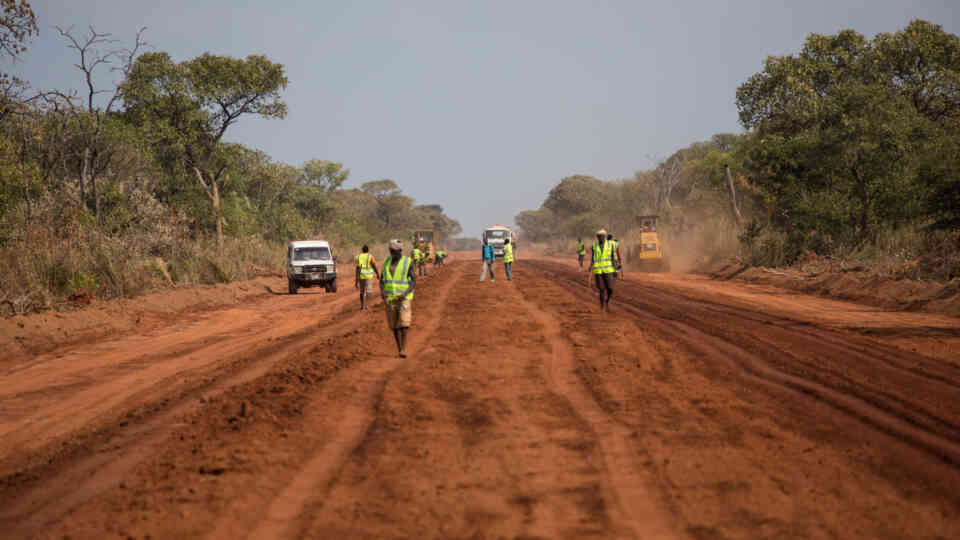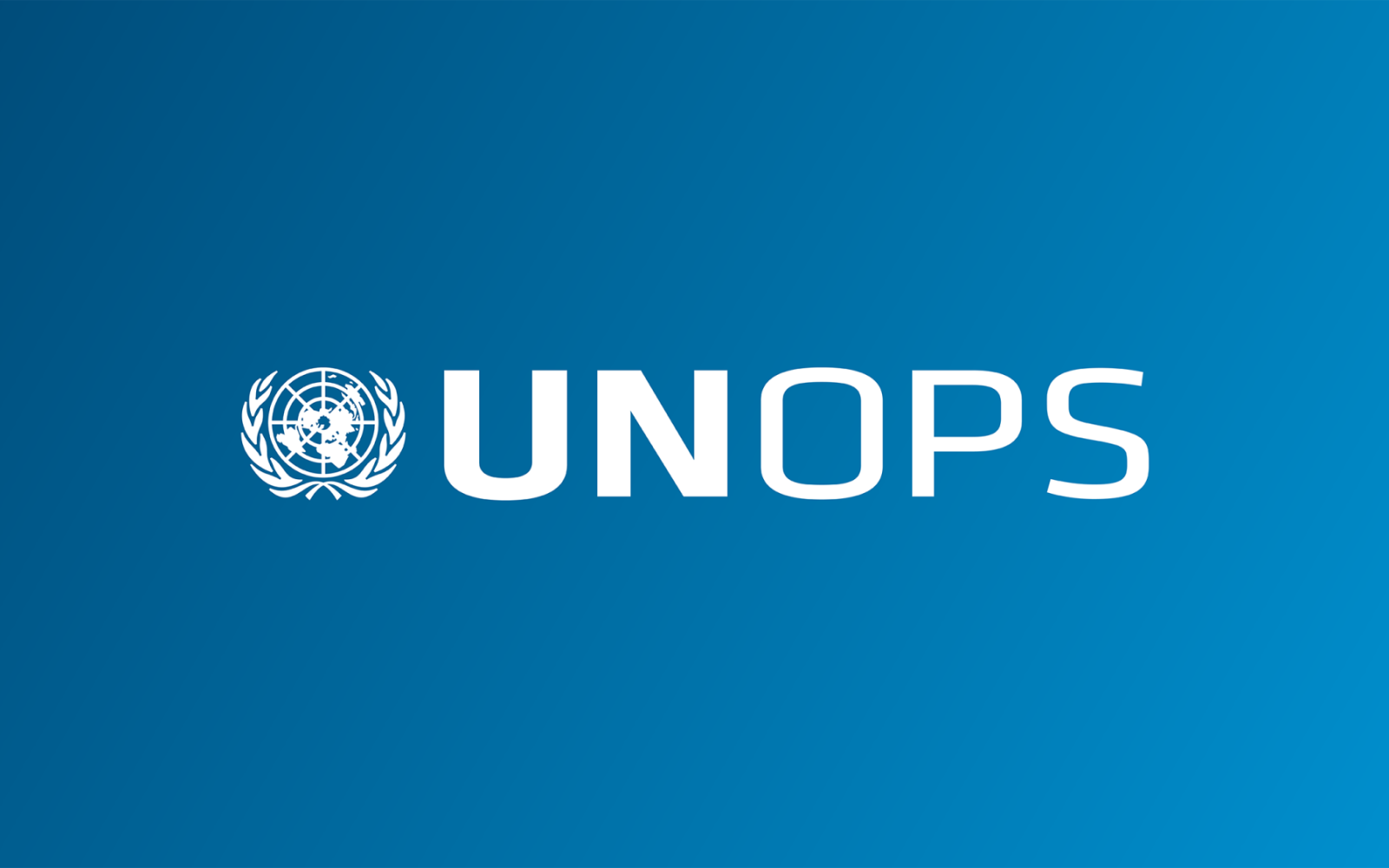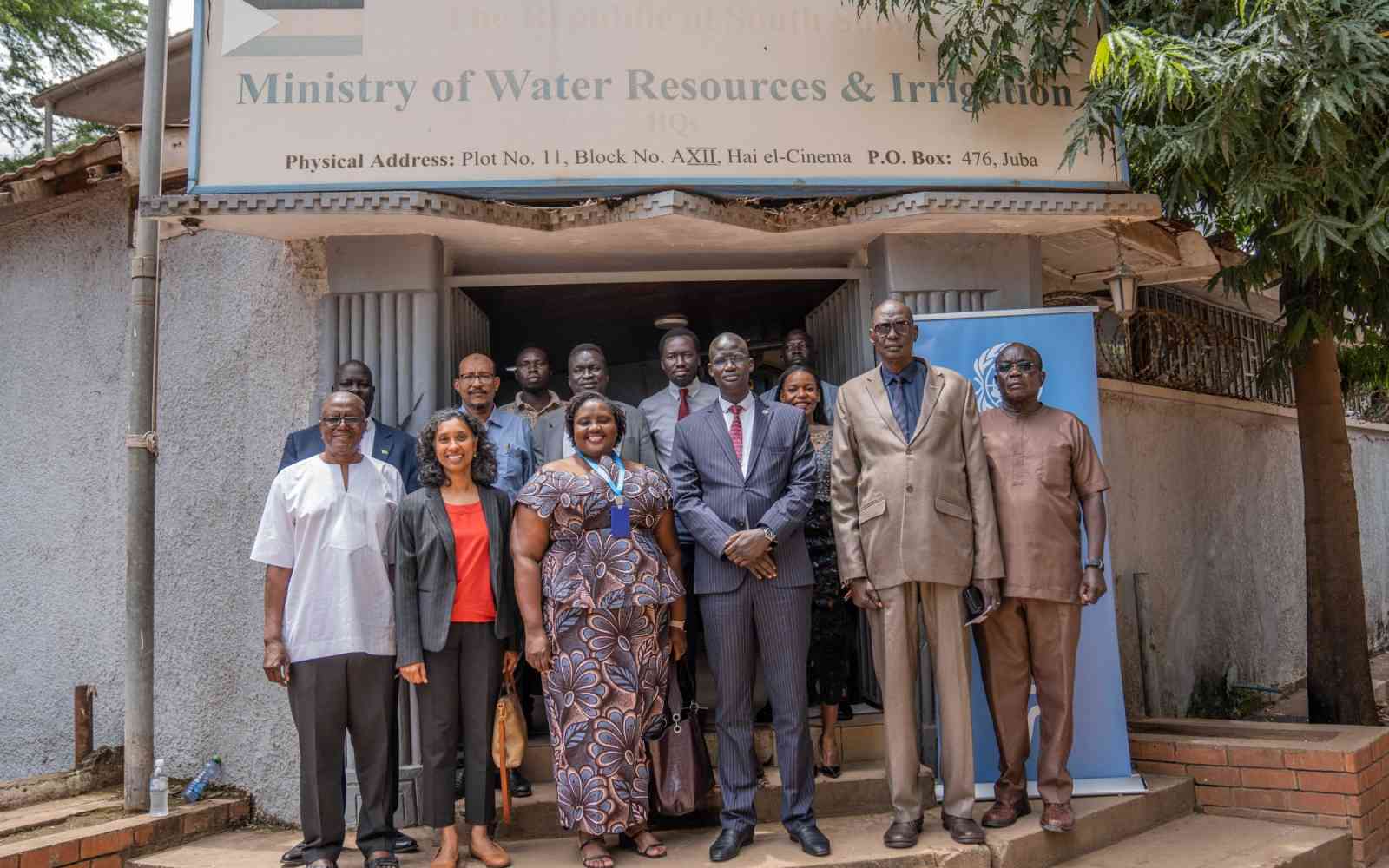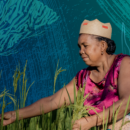The United Nations Office for Project Services (UNOPS)

 South Sudan
South Sudan
European Union
Government of Japan
Government of South Sudan
UN Mission in South Sudan
World Bank
UNOPS has worked in southern Sudan since 2005 and in South Sudan since 2011. In support of the country’s development priorities, UNOPS provides partners with project management and implementation, infrastructure, human resources and procurement services in a range of areas – including transport, education, health, community development, social protection and emergency response.
Enabling our partners to make vital infrastructure improvements, UNOPS helps to drive sustainable development, enhance connectivity, provide critical and life-saving services and supplies, and improve peace and security.
UNOPS in South Sudan further helps to strengthen the capacity of local institutions and supports the provision of critical social services and community development initiatives in remote and conflict-affected areas in South Sudan – helping to address deepening vulnerabilities and strengthen community capacity to lead in local development efforts.











